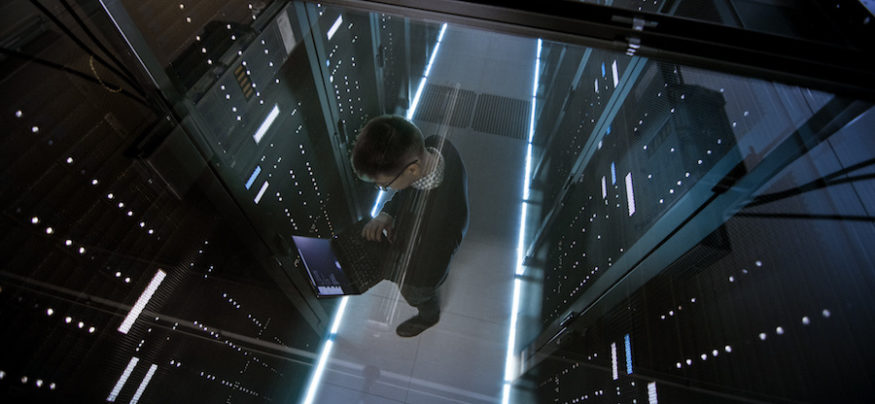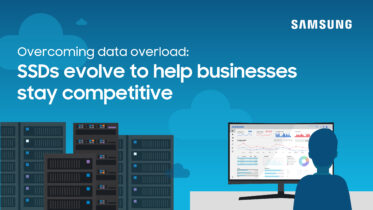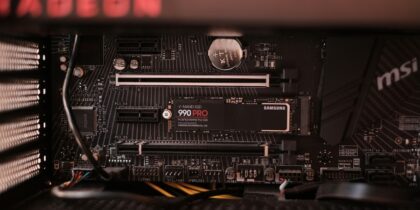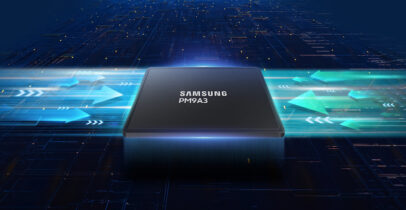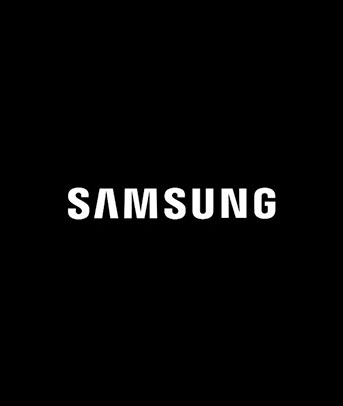Your IT team may be considering deploying a virtual desktop infrastructure (VDI) in your organization. In this type of model, end users use inexpensive thin-client devices to interact with virtual machines or virtual desktop sessions over the Remote Desktop Protocol (RDP) on a network connection. The actual applications and processing run on a server, and the thin client only exists to provide the setup and network connection and display the user interface on the monitor.
Companies look to models like this to reduce the cost of desktops, including hardware and support, and to reduce the total cost of management — updating one VDI host can update as many as 50 virtual desktops at the same time, and installing new applications offers similar savings in time and management. There is also a significantly reduced attack surface on the thin client, making the overall footprint more secure, since patching essentially needs to happen almost exclusively on the server and not the clients.
Virtual Disruption: Storage Performance
One of the primary disadvantages to the VDI model is the centralized nature of the demands on a storage infrastructure. At 8:30 a.m., when 36 users begin to log into their systems, the server experiences a heavy load. In addition, some users take up more system capacity than others. For example, computer-aided design (CAD) and image editing require far more system resources than simple Word document editing or sending and receiving email.
What are some ways to mitigate this load, whether it’s spiky due to time of day or sustained because of general usage patterns?
SSDs Help VDI Performance
This is where solid state drives (SSDs) can help. SSDs speed up VDI environments by providing a faster storage subsystem. Because VDI involves consolidating multiple desktop “hosts” into separate virtual machines or virtual desktop sessions, demands on a storage subsystem will naturally be higher than in a traditional server setup where only file and print or database query traffic is handled — in a VDI setup, the entire user session is making parallel demands. SSDs deliver more input/output operations per second (IOps), making them essentially a slam dunk for improving performance.
Understanding SSD Endurance and Over-Provisioning
Get your free guide to optimizing SSD over-provisioning for improved cell endurance. Download Now
Additional storage decisions can also affect performance. Selecting drives with the lowest latency and picking RAID levels with an eye toward performance (while also gaining some fault tolerance) can help a VDI-hosted desktop seem a little speedier. There is also storage software from Samsung and others that can help manage drive parameters to tweak performance depending on individual installations, and models like thin provisioning exist to utilize limited resources somewhat more efficiently.
Overall, SSDs are a great choice for VDI deployments and should represent a cornerstone of the storage subsystem. The capacities available with SSDs have been increasing consistently over the past few years, as have their reliability and endurance specifications, while their cost has come down significantly over a similar time period. An all-flash storage array can make for a very peppy VDI deployment.
SSD in VDI Considerations
There are a host of questions to consider when scoping a storage infrastructure for virtual desktops:
- Are the SSDs capable of fast sustained read times?
- Are the drives rated for a long life? How many times can the entire writeable space of the drive be filled with written data without data loss?
- Would a tiered storage approach — with the hypervisor and VDI host disks on SSDs and data and other user files on less expensive traditional media — be beneficial?
- How many drives per server can you add in instances where you need to use direct-attached storage? Can you attach another “box of drives,” and over what interface can you use that box?
- Do you want to investigate hyper-converged infrastructure, which marries the pooled storage approach of network-attached storage with the convenience and direct addressability of direct-attached storage?
- How much capacity per drive do you need? Is your VDI serving all users, or only light-duty users who need Windows and Office? Are your users’ documents and files stored elsewhere on other file servers? Do you need swap space or a dedicated RAM drive to improve performance?
- Can the operating system you’re using to host the VDI handle deduplication of commonly used files? This will allow you to maximize the capacity of your SSDs by only retaining one actual copy of a file and replacing other copies with pointers. On versions of Windows Server, for example, this can save as much as 40 percent of the capacity of your disk depending on usage.
Samsung provides a variety of enterprise-class, data center-ready SSDs that would suit a VDI deployment well. For instance, the 883DCT offers large storage capacity while handling heavy mixed workloads with reduced latency. It is tuned for a faster sequential read speed — 550MB/s — and costs less over time than traditional hard disk drives (HDDs).
Take this quick assessment to determine the best storage fit for your needs.
